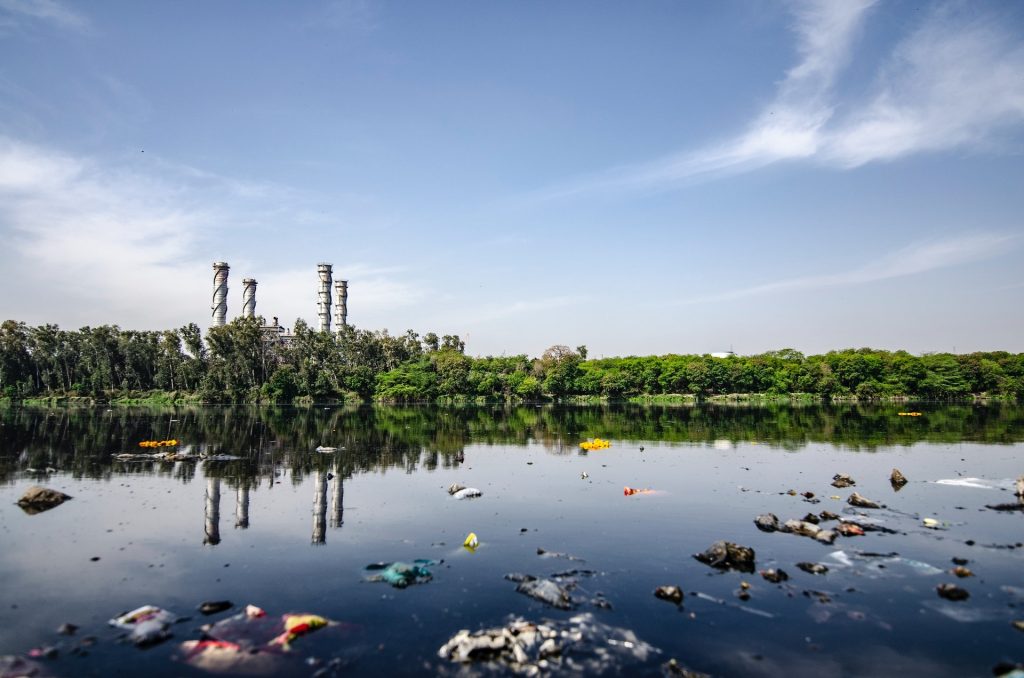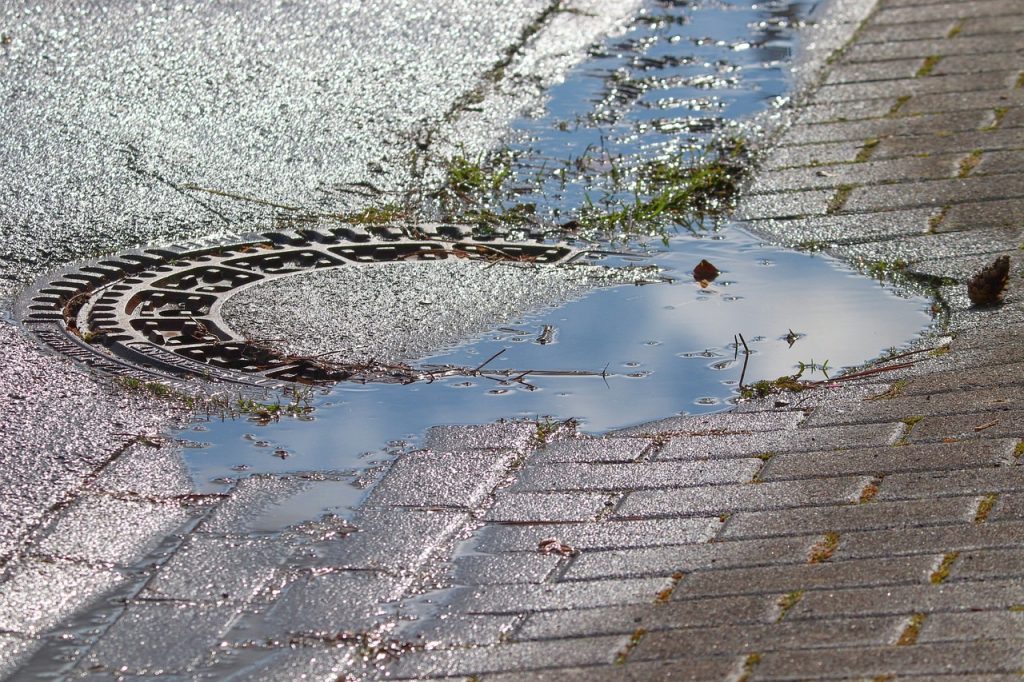When it comes to rubbish removal and hazardous waste,you should be very careful not to commit some common mistakes that people make.
Mistakes teach us a lot of things, reveal important insights, hasten necessary changes and prompt us to make informed choices in the future. However, although human fallibility should be accepted, this does not excuse us from doing things in our power to avoid making mistakes – especially when the safety and health of others are at risk.
When it comes to hazardous waste management, there are some common mistakes you need to avoid making. They can easily be avoided with some education, preparation, and diligence.
1/ Not labelling your hazardous waste containers properly
Labels serve an important function. They notify anyone that comes into contact with containers that hold hazardous waste about the characteristics of the material and the amount and type of the waste in the container. Labelling and marking containers helps prevent tragedy. We have found it very helpful to assign this task to a single person within a company and check them from time to time to ensure the labels are being updated and placed accordingly.
2/ Illegally dumping hazardous waste
It is important to address this matter because it is very common. It continues to occur throughout the country regularly, despite strict legislation. Hazardous waste shouldn’t be disposed of in this manner, no matter the planning or discretion involved. It is, therefore, important to work with a professional rubbish removal company because this practice is illegal and carries harsh penalties. It endangers the surrounding community and environment and can be traced back to the offender.
3/ Not having a good contingency plan
Both large and small quantity generators are required by law to have a suitable contingency plan. Like labels on containers, a contingency plan is designed to prevent hazards to the environment and human health by providing guidance and instructions for those dealing with accidental spills, fires, releases, or explosions. It is important to understand that such important elements are subject to change. These elements include specific actions, emergency contact information, and must be kept updated.
4/ Keeping too much waste onsite
It is very complicated to keep waste onsite. You can keep your waste at the generation site for just three days before it is removed to a long-term storage area. A large quantity generator can store waste in containers on-site for around ninety days, while a small quantity generator can store hazardous waste on-site for about 180 days. Complications can be avoided by transferring waste according to these deadlines.
5/ Not keeping the lid of containers that hold hazardous waste fixed
This is a simple rubbish removal precaution that you can affect without involving a professional. For the lid to be tightly closed, it should be both vapour-tight and leakproof. If the lid is not properly closed, the volume of the waste will be reduced by evaporation. It is important to ensure your employees are aware of this precaution by positing notices and signs near container storage areas.
Follow these guidelines for the safe handling of hazardous waste, and call in the appropriate professionals to remove it in a timely manner.
Written by WHIA Staff Writer Mark Potter


